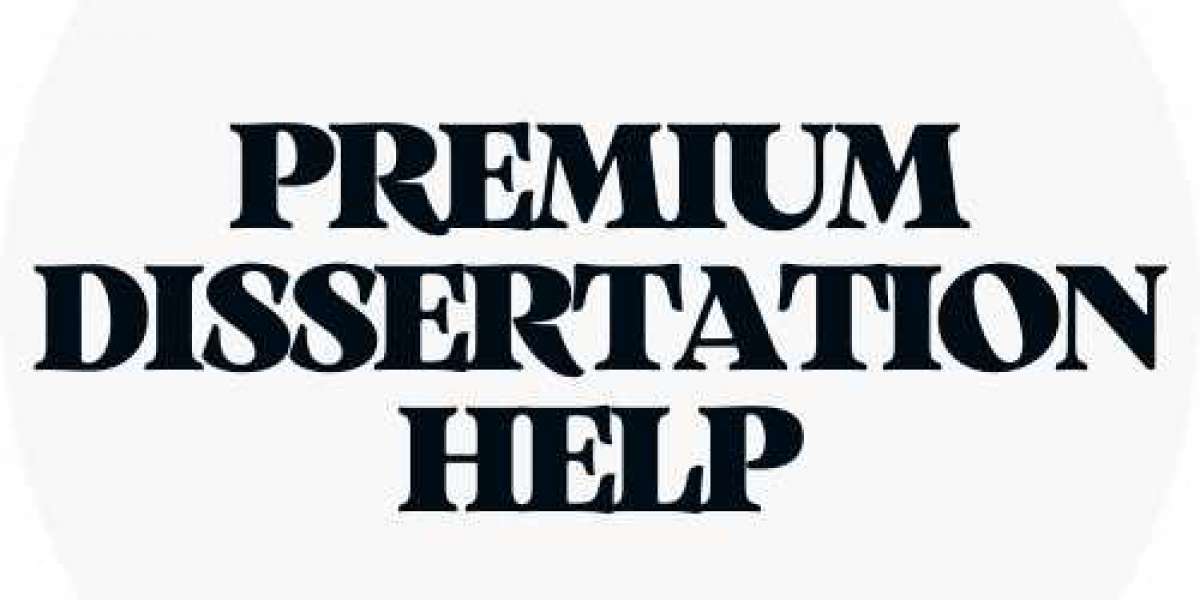The Dark Underworld of Cybercrime: The Reality of "Buying Stolen Credit Card Cards"
In the shadowy depths of the internet, a thriving black market exists for stolen credit card information. The phrase "Buy stolen CC cards" refers to this illicit trade, where cybercriminals sell compromised credit card data to unscrupulous buyers. This article explores the mechanisms, impact, and ongoing efforts to combat the dark web marketplace for stolen credit card cards.
Understanding the Market for Stolen Credit Card Cards
"Buying stolen CC cards" refers to the purchase of credit card information that has been illicitly obtained through various methods such as phishing, hacking, and data breaches. These transactions typically occur on the dark web, an anonymous part of the internet where illegal activities are rampant. Buyers use this information to make unauthorized purchases, commit fraud, or sell the data further down the criminal chain.
Mechanisms of Credit Card Theft
Cybercriminals employ various tactics to steal credit card information:
· Phishing Scams: Fraudulent emails or websites trick individuals into providing their credit card details.
· Data Breaches: Hacking into databases of businesses, financial institutions, or other organizations to steal massive amounts of credit card information.
· Skimming Devices: Physical devices placed on ATMs or point-of-sale terminals to capture credit card data during legitimate transactions.
· Malware and Spyware: Malicious software infects computers and captures keystrokes or other sensitive information, including credit card details.
The Dark Web Marketplace
Once obtained, stolen credit card information is sold on the dark web, where anonymity and untraceability are key features. Here’s how this market operates:
· Online Forums and Marketplaces: Cybercriminals use forums and marketplaces to advertise and sell stolen credit card data. These platforms often have user reviews and ratings, adding a perverse layer of legitimacy.
· Cryptocurrency Transactions: Payments are made using cryptocurrencies like Bitcoin, which provide anonymity and reduce the risk of detection by law enforcement.
· Bulk Sales and Auctions: Stolen credit card data can be sold in bulk, sometimes at auction, with prices varying based on the card's issuing bank, credit limit, and geographic region.
The Impact of Buying Stolen Credit Card Cards
The trade in stolen credit card data has severe consequences for individuals, businesses, and the economy:
· Financial Losses: Victims of credit card fraud face significant financial losses and the arduous process of resolving fraudulent transactions.
· Reputational Damage: Businesses suffering data breaches face reputational damage, loss of customer trust, and potential legal penalties.
· Economic Costs: Credit card fraud contributes to higher costs for financial institutions, which may pass these costs onto consumers through higher fees and interest rates.
Challenges in Combating Credit Card Fraud
Efforts to combat the market for stolen credit card information face several challenges:
· Anonymity of the Dark Web: The dark web’s anonymity makes it difficult for law enforcement to track and apprehend cybercriminals.
· Rapid Technological Evolution: Cybercriminals continually evolve their methods, staying ahead of security measures and law enforcement tactics.
· Jurisdictional Issues: Cybercrime often crosses international borders, complicating legal and enforcement efforts.
Strategies for Prevention and Mitigation
Addressing the issue of stolen credit card data requires a comprehensive approach involving individuals, businesses, and governments:
· Enhanced Security Measures: Businesses and financial institutions must invest in robust cybersecurity measures, including encryption, tokenization, and multi-factor authentication.
· Consumer Education: Educating consumers about phishing scams, safe online practices, and the importance of monitoring their credit card statements for unauthorized transactions.
· Law Enforcement Collaboration: International collaboration among law enforcement agencies to track, apprehend, and prosecute cybercriminals.
· Regulatory Frameworks: Strengthening regulatory frameworks to ensure businesses adhere to stringent data protection standards and respond promptly to data breaches.
Moving Forward
As technology and cybercrime continue to evolve, so must the strategies to combat the illicit trade of stolen credit card information. Innovation in cybersecurity, increased awareness, and stronger global cooperation are essential to mitigating the risks and protecting individuals and businesses from financial harm.
In conclusion, the dark web marketplace for stolen credit card cards represents a significant and growing threat in the digital age. By understanding the mechanisms of this illicit trade, its impact, and the multifaceted efforts required to combat it, we can work towards a safer and more secure online environment for all.








